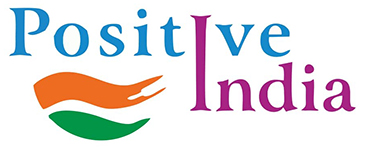


The Hindustan Times reports further say While the dissolved oxygen level has achieved the required standard, the hydrogen (pH) level too has been found highly satisfactory in the water.
A team of experts drawn from various institutes and scientific bodies, including Indian Space Research Organisation (ISRO), recently had collected river water samples at 20 points in six highly polluted river banks – Ganga Barrage, Bhaironghat, Parmat, Shuklaganj, Jajmau and Wajidpur. This team is on a two-year long project to monitor the quality of Ganga water.
While laboratory tests of the water samples revealed a pH level of more than 8.5 milligram per litre, the dissolved oxygen level was 2.5 milligram per litre of water. “It is high encouraging for us and the aquatic life,” said Prof Pravin Bhai Patel of CSJM University Kanpur and principal investigator in the project.
The average pH level in the last 10 years has been below 6 while the dissolved oxygen level consistently stood between 3.5 and 4, posing a threat to the aquatic life. At the points from where the water had been collected, the scenario was even more dismal in the past.
Experts attribute the change in the water quality to the tapping of the big drains bringing waste straight into the river and a check on tannery waste.
UP Pollution Control Board (UPPCB) regional officer Kuldeep Misra also corroborated the findings with his own data. “At present the water quality of the river has improved due to two reasons. First, the sewers has been tapped and there is complete control over tannery waste water going into the river. This has checked the oxygen depletion both upstream and downstream,” said Misra.
“The river water has now become friendly for marine life. The ideal water condition for marine life requires pH level at 6.5 to 8.5 milligram per litre of water and the dissolved oxygen level less than three milligram per litre. But marine life can also survive if the dissolved oxygen level is higher but it is not good for human use,” Misra said.
The survey of the river water was conducted under the two-year project given by the Ministry of Human Resource and Development (MHRD) in the year 2016. The project, though it ended in May 2018, got an extension up to February 2019, said Patel.
The team members include Anurag Misra of ISRO Hyderabad, Sushil Kumar a remote sensing scientist from Jodhpur, Prof Santosh Kumar of Allahabad, Himanshu Shukla, Abhishek Chandra and Arpita Yadav.
This report is published courtesy to Hindustan Times.


